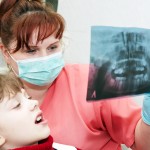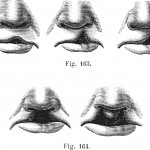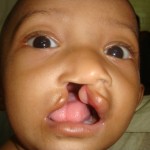
In this blog Manas Dave looks at a systematic review of radioprotective measures for children undergoing dental radiography. The review was conducted to assist the the European Academy of Paediatric Dentistry update of radioprotective guidelines for dental radiography in children.
[read the full story...]




